10 Types of Forces
A force can make things move, stop, or change direction. For example, types of forces include gravity, friction, and magnetism.

A force can make things move, stop, or change direction. For example, types of forces include gravity, friction, and magnetism.
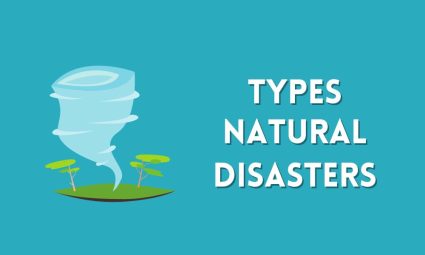
A natural disaster is a sudden and extreme event caused by nature that can cause damage and harm people. Learn the types of natural disasters.
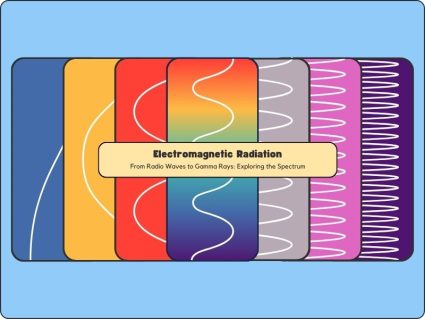
Electromagnetic radiation is invisible waves of energy that travel through space, including visible light, radio waves, microwaves, and more.
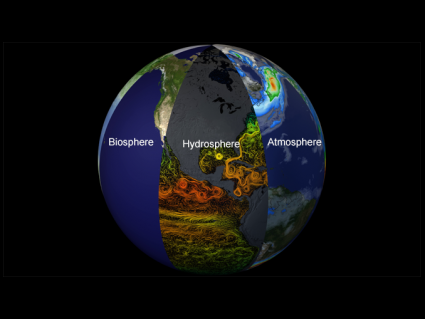
How many spheres of Earth exist on Earth? If you count them all, you would get about 17 of them. This is the definitive guide to all 17 spheres of Earth.
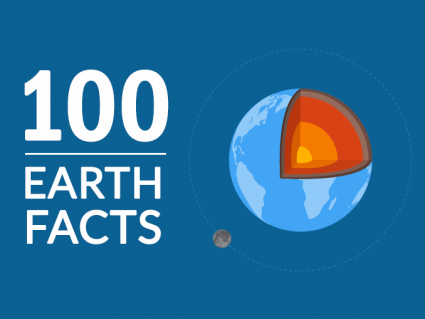
Earth needs no introduction. From its origin to its inevitable future, the story of Earth is greatest story ever told. Get started with this list of 100 Earth facts.
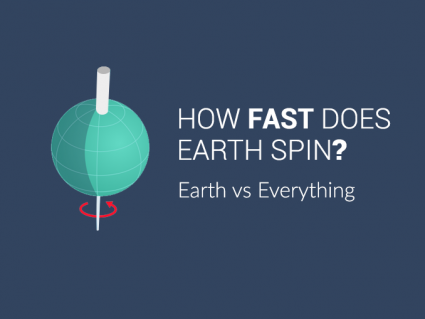
How fast does the Earth spin? Earth spins at an incredible 1000 miles per hour (1600 km/hr). We compare the Earth’s spin to nature and engineered velocities
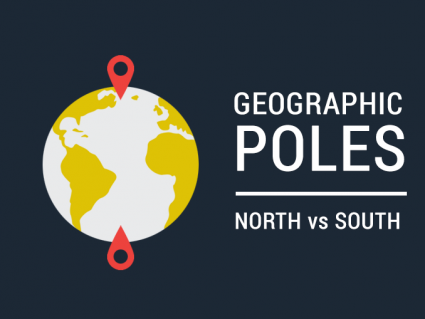
If you stick a pencil through Earth at the point of rotation, these 2 points are the north/south poles. Geographically, it’s where longitude lines converge.

Earth scientists compare the lithosphere to a thin, solid and brittle eggshell encasing our inner planet or a thick piece of wood that dries and breaks.

It’s difficult to pinpoint an exact definition for the “geosphere” because it’s used in several different ways. But here are 2 ways to define the geosphere.

This list of Earth statistics provides all the numbers of our home planet. For example, here are size, rotation, density, temperature, orbit, age and more.
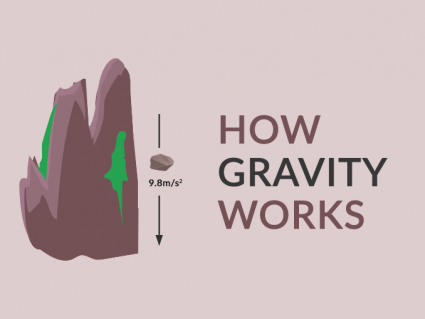
What brings order on Earth is gravity. For all matter, it’s always at work. This is how gravity works for ocean tides, planet formation and escape velocity.
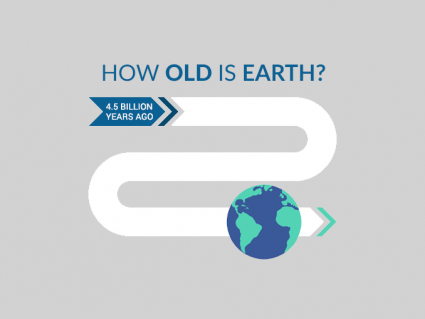
By dating meteorites, we find the oldest rocks are 4.5 billion or so years old. Thus, we conclude the same staggering 4,543,000,000 years for Earth’s age.
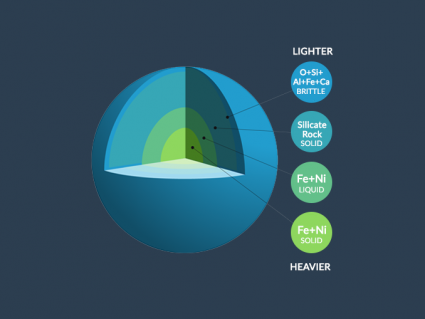
We use the core accretion model to describe planet formation and the creation of our solar system which includes a central star and natural orbiting objects.

Imagine sticking a pencil into the Earth’s poles and twisting your wrist 23.5°. This is the Earth tilt essential in seasonal patterns, climate and life on Earth.
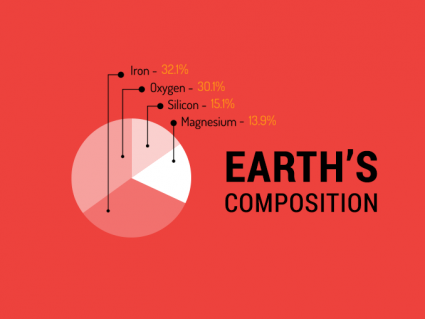
Earth density steadily increases as you go inwards from the crust to core. If you average density throughout the whole planet, it is about 5.513 g/cm^3.